- Best overall: Bitwarden
- Best for ease of use: Padloc
- Best privileges management: Teampass
- Best for password storage: Proton Pass
- Best free Windows password manager: KeePass
- Best Windows password manager for team collaboration: Passbolt
Today, most password managers are either closed-source, hybrid or open-source. While closed-source password managers don’t publicly share their codes for users to modify, open-source password managers do share their codes with a community of users to revise or update over time.
SEE: Brute Force and Dictionary Attacks: A Guide for IT Leaders (TechRepublic Premium)
If you’re an open-source enthusiast and run your PCs and desktops on the Windows operating system, you may find one of these open-source password managers reviewed in this article helpful.
Featured Partners
Top open-source password managers for Windows comparison table
The table below summarizes the key features that can be found on each open-source password manager for Windows.
| Software | Hosting | Encryption type | Password sharing | Free version | Starting Price |
|---|---|---|---|---|---|
| Bitwarden | Self-hosted, Cloud-based | AES-CBC 256-bit, PBKDF2 SHA-256 or Argon2. | Yes | Yes | Starts at $0 or less than $1/month for paid version. |
| Padloc | Cloud-hosted, self-hosted | AES cipher in GCM mode | Yes | Yes | Starts at $0/month for personal users and $3.49/month for business users. |
| Teampass | Self-hosted | Defuse PHP Encryption library | Yes | Yes | Free |
| Proton Pass | Self-hosted | 256-bit AES-GCM, Argon2, OpenPGP, Elliptic-Curve Cryptography (ECC Curve25519) | Yes | Yes | Starts at $0 or $1.99/month for paid plan. |
| KeePass | Self-hosted | AES-256, ChaCha20 and Twofish | No | Yes | Completely free. |
| Passbolt | Self-hosted, Cloud-hosted | OpenPGP | Yes | Yes | Starts $0 or $49/month for Business plan. |
Bitwarden: Best overall

Bitwarden is probably the best-known open-source password management solution. While the Windows version isn’t the most intuitive, its extensive collection of features still makes it a top choice on our list.
SEE: Best Mac Password Managers (TechRepublic)
The Bitwarden Windows app can easily integrate with many single sign-on providers like Azure Active Directory and Okta. Bitwarden allows you to bring in a full vault experience from your browser to your Windows environment. You can log in to up to five accounts at a time, making it easy to switch between personal and work accounts at any moment. Another popular Windows feature in Bitwarden is “unlock with biometrics,” which gives you smooth access using Windows Hello with PIN, facial recognition or any other hardware that meets Windows Hello biometric requirements.
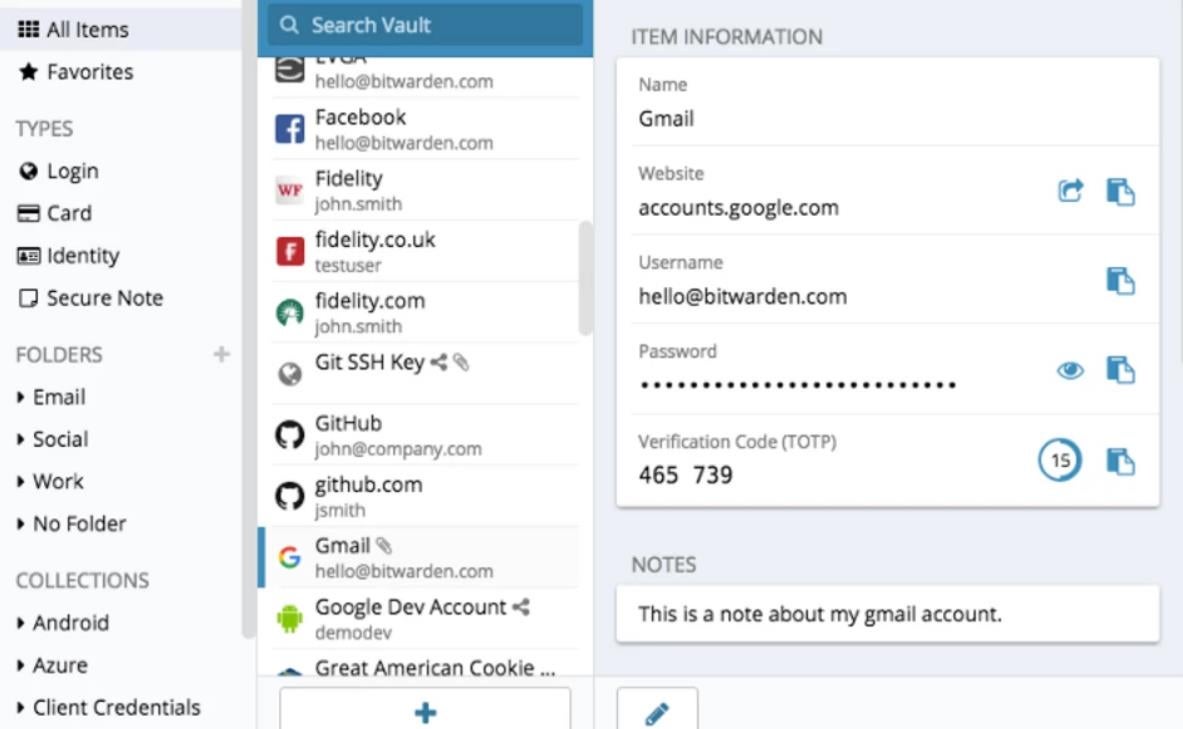
Why we chose Bitwarden
Bitwarden earned its place as our top choice open-source password manager for Windows users due to its ability to offer most password management functions while still remaining cost-effective. Bitwarden can also be self-hosted or run in the cloud, making it a good perk for individual or enterprise usage.
Pricing
Bitwarden has two pricing options: Personal and Business.
The personal plan has three packages:
- Free: $0.
- Premium: Less than $1/month.
- Families: $3.33/month.
The business plan has two packages:
- Teams: $4/month/user.
- Enterprise: $6/month/user.
Features
- Open-source security.
- Secure password sharing.
- Passwordless SSO.
- Zero-knowledge encryption.
- Advanced two-step login.
- Email alias integrations.
Pros
- It has a free version.
- Can be self-hosted or cloud-based.
- Integrates with popular SSO platforms like Okta and Azure Active Directory.
- Conduct regular third-party security audits.
- Provides vault health reports.
Cons
- No clear way to recover an account if the user loses the master password.
For more information, read our full Bitwarden review.
Padloc: Best for ease of use

Padloc is an open-source password manager that helps users store their passwords, credit cards, documents and notes in one secure place. Just like Bitwarden, Padloc offers most of the password management features suitable for personal, business and enterprise usage.
SEE: How Do Password Managers Work and Why Do You Need One? (TechRepublic)
Its free version allows Unlimited vault items and unlimited device connections. In contrast, the premium version allows users to enjoy features such as multi-factor authentication, security reports, and built-in authenticator/one-time passwords. While Padloc offers a free plan, organizations may be better off using Padloc’s Family and Business packages as they offer features like shared vaults to up to five users and other collaborative perks.

Why we chose Padloc
We are impressed with Padloc’s Family and Business plan, and its general ease of use.
Pricing
Padloc has two pricing packages: Personal and Business.
The Personal package offers three plans:
- Free: $0/month.
- Premium: $3.49/month or $34.90/year.
- Family: $5.95/month or $59.50/year.
The Business package offers three plans:
- Teams: $3.49/user/month or $34.90/user/year.
- Business: $6.99/user/month or $69.90/user/year.
- Enterprise: This requires you to contact the sales for price requests.
Note that all Padloc paid plans come with a 30-day free trial excluding the enterprise plan.
Features
- Unlimited vault items.
- Multi-factor authentication.
- Encrypted file storage.
- Security report.
- Built-in authenticator/one-time passwords.
- Directory sync/automatic provisioning.
Pros
- Open-source password manager
- Easy-to-use user interface.
- Allows unlimited device connections.
- It has a free plan.
- Allows unlimited vault items.
- The business plan allows for up to 50 shared vaults and 20 groups.
- Paid plans provide security reports.
Cons
- The free plan lacks most of the important features.
- The premium plan lacks shared vaults.
Teampass: Best privileges management

Teampass is a good password manager for team collaboration in a Windows environment. Its ability to manage passwords and data in an organized way with access rights defined for each team user makes it a standout product amongst other password management solutions. The product secures user data with a defuse PHP encryption library, which provides a secure cryptographic protocol.
SEE: Are Password Managers Safe to Use? (TechRepublic)
With Teampass, your users can have personal folders and Items secured with their saltkey. The tool also allows Windows users to organize folders in a tree view and define their access level against roles. In the Windows dashboard, each item is defined with a set of fields and attachments and custom fields can be added too.
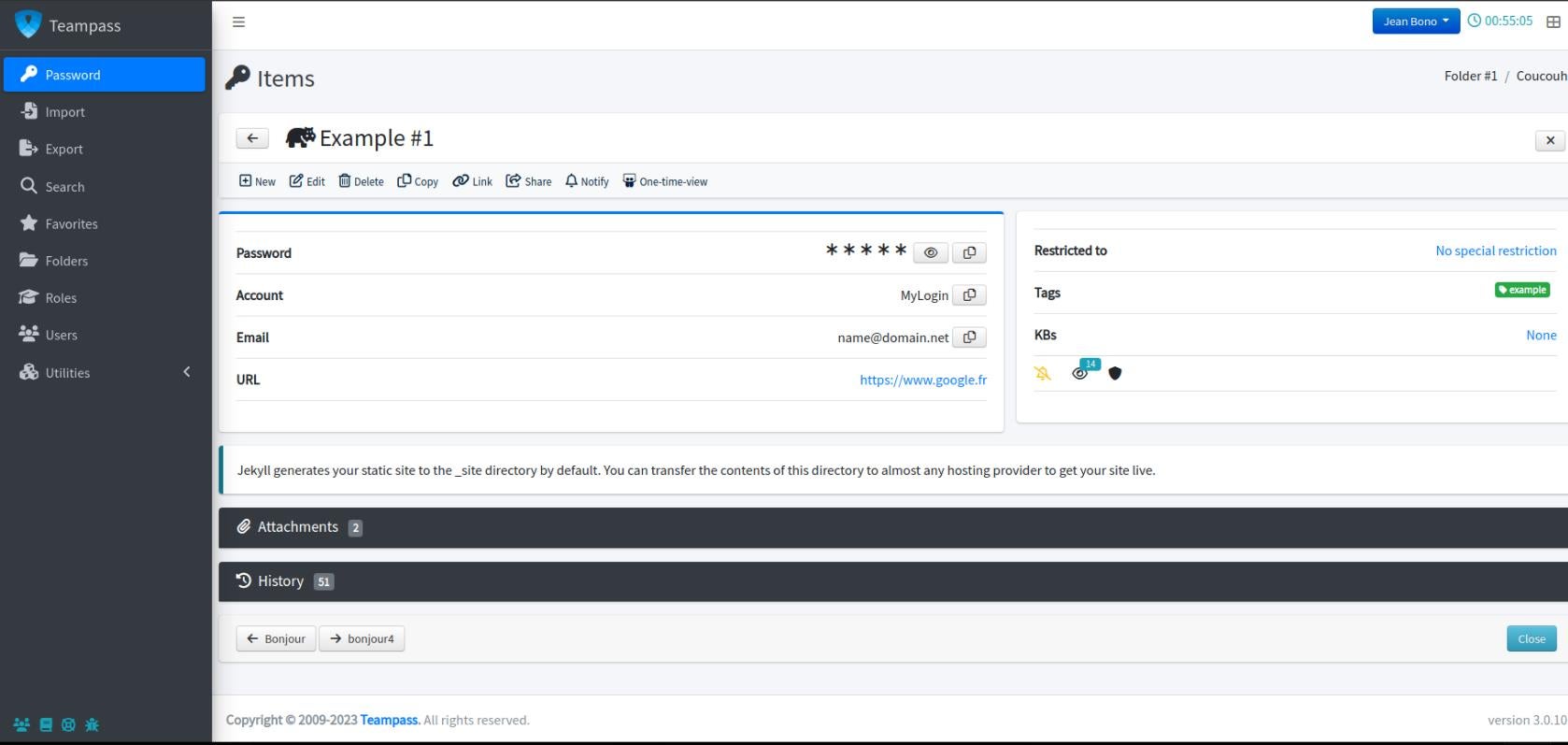
Why we chose Teampass
We picked Teampass as our best password manager for assigning privileges because the tool can allow you to fine-tune users’ access rights to existing items. Depending on your local policies, Teampass can help you allow only people with access to expected data.
Pricing
Teampass is free.
Features
- Secured access.
- Personal folders.
- Offline mode.
- Tree structure.
- User privileges.
Pros
- Allows sharing of items to external users via One-Time-View link.
- Each user can have their account with login and password.
- Allows access to items through privileges.
- Allows advanced item definition.
- Users can export passwords in an offline mode.
- Integrates with other systems and tools such as Lightweight Directory Access Protocol.
Cons
- Teampass may require technical skills to install and configure.
Proton Pass: Best for password storage

Just like Enpass, Proton Pass is an open-source tool that offers offline functionality, which ensures users have access to their vault anytime without needing an internet connection.
Proton Pass has a smooth user experience that seamlessly integrates with the Windows operating system. The tool also connects with ProtonMail, a feature that enables users to generate email aliases for online accounts by substituting their actual email addresses. The free tier of Proton Pass offers unlimited password storage across unlimited devices but one unique Windows security feature of this open-source tool is Sentinel, a feature that blocks attackers from gaining access to your data, even if the attackers have the correct password. Sentinel is available with the paid version of Proton Pass.
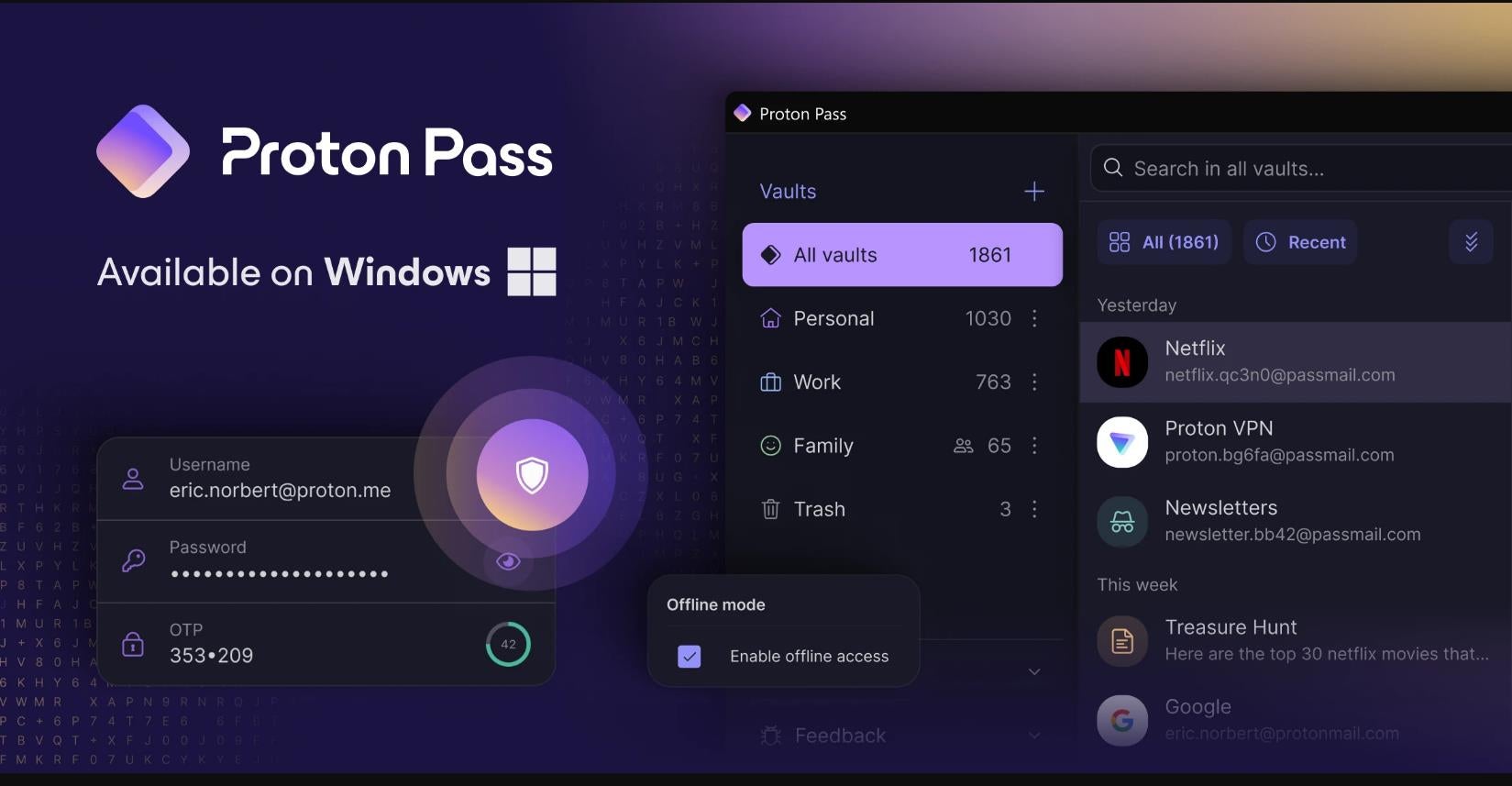
Why we chose Proton Pass
We picked Proton Pass because of its unlimited password storage and the ability to protect user data via its Sentinel feature.
Pricing
Proton Pass has free and paid plans.
- Free plan costs $0 and it is free forever.
The paid plan has two packages: Pass Plus and Proton Unlimited.
- Pass Plus: $1.99/month.
- Proton Unlimited: $9.99/month.
Features
- Integrated 2FA authenticator.
- Secure Sharing.
- Hide-my-email aliases.
- Proton Sentinel.
- Passkeys.
- OpenPGP with ECC.
Pros
- Free plan.
- Open-source.
- Unlimited hide-my-email aliases.
- Built in 2FA support.
- Unlimited connection.
- End-to-end encrypted.
- Encrypted cloud drive.
- Independently audited.
Cons
- No SSO integration.
- No breach monitoring.
KeePass: Best free Windows password manager
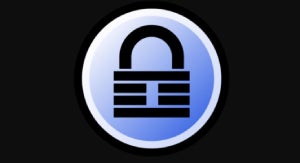
KeePass is a password manager that offers a completely free service for its desktop users. While the password manager comes short in many features, its open-source nature makes it easier for users to customize any feature they want via KeePass plugin architecture. This library of plugins and extensions makes it easier to add or modify an existing feature or functionality, such as adding autofill or changing the interface.
One unique feature of this password manager is that it can be carried on a USB stick and runs on Windows systems without being installed. The Windows dashboard also allows you to create, modify and delete groups, into which passwords can be sorted.
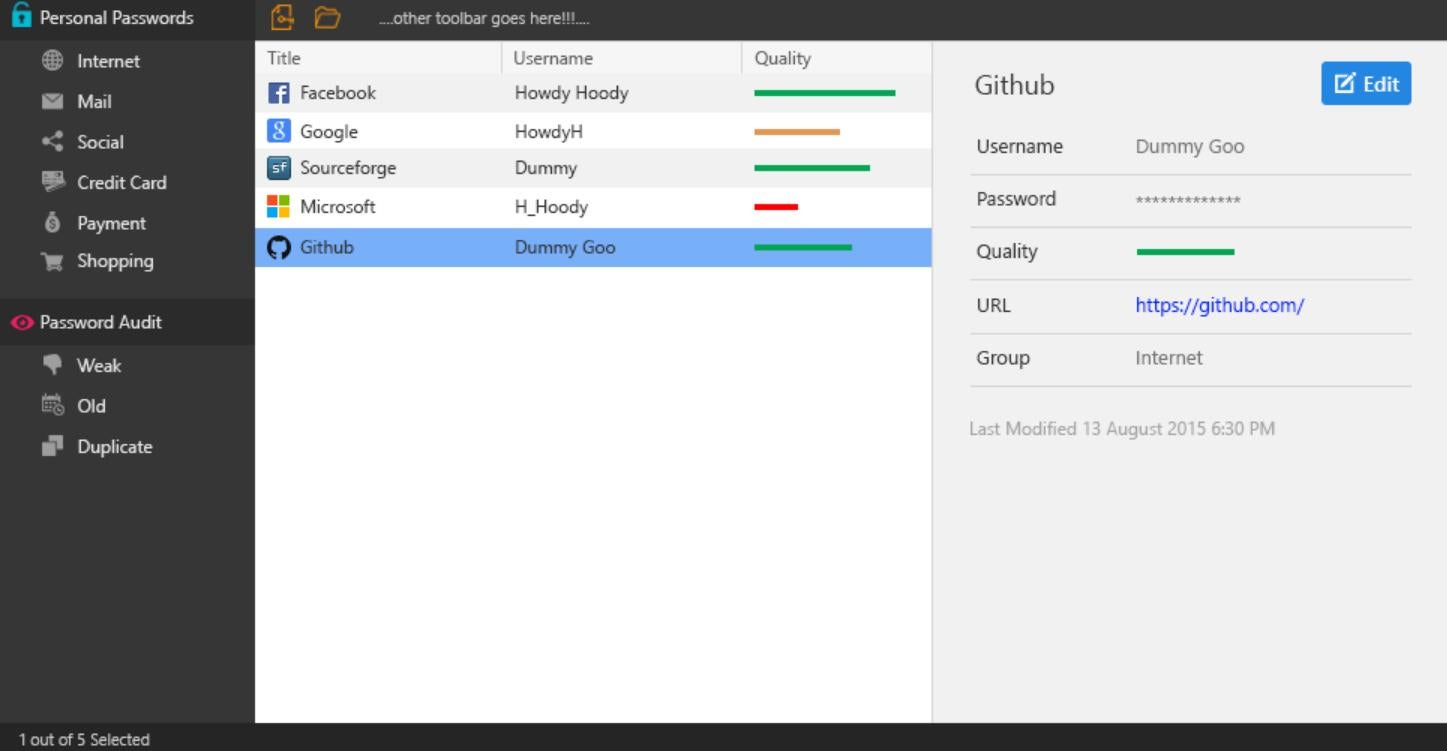
Why we chose KeePass
KeePass made our listing due to its affordability for any Windows user. Most of its open-source competitors, like Bitwarden and Proton Pass, that have free versions are not completely free — their free plans are limited in features compared to their paid counterparts.
Pricing
KeePass is completely free, with no paid tiers or subscriptions. However, most password management features that can make you have a good Windows experience aren’t included by default. But, due to KeePass’s open-source nature, you can customize your KeePass client features via downloadable plugins from the KeePass site.
Features
- Password groups.
- Plugin architecture.
- Auto-type.
- Multiple user keys.
- Windows clipboard handling.
- Password generator.
- Searching and sorting.
- Time fields and entry attachments.
Pros
- Open-source.
- Completely free.
- Easy database transfer.
- Strong random password generator.
- Supports password groups.
- Portable and no installation required.
- Intuitive and secure Windows clipboard handling.
Cons
- No SSO integration.
- Hard to learn, not user-friendly.
- No autofill feature included.
- Dated design and looks like legacy Windows applications.
For more information, read the full KeePass review.
Passbolt: Best Windows password manager for team collaboration

Passbolt is an open-source password manager designed for team collaboration, offering a comprehensive set of features in its Windows version. Designed with teams in mind, it offers real-time password sharing, role-based access control and nested permissions for its shared passwords. You can easily retrieve, store and share passwords programmatically with the JSON API on Passbolt Windows.
Passbolt offers a good user management capability by allowing you to remove seats or enforce security policies for all users. Its SSO integration, event logs and account recovery options are also tailored for business environments.

Why we chose Passbolt
We selected Passbolt in our listing because of its scalable password collaboration among team members — plus its self-hosted, API-centric, privacy-focused and developer-first approach.
Pricing
Passbolt pricing is based on either cloud or self-hosted.
Both cloud and self-hosted pricing offer similar packages, except the self-hosted option offers a free plan that supports unlimited users.
- Community: $0 and free forever. Unlimited users.
- Business: $49/month. 10 users.
- Enterprise: Requires a custom quote.
Features
- Password management and sharing.
- Password expiry.
- Single sign-on with Microsoft, Google and OpenID.
- Tags management.
- LDAP provisioning (AD / OpenLDAP).
- Activity log.
- Secret key authentication.
Pros
- Has a free plan.
- Open source under AGPLV3 license.
- Offers user and group management.
- Offers role-based access control.
- Has an additional factor authentication (three-step verification).
Cons
- Does not support offline mode.
How do I choose the best open-source password manager for my business?
While open-source password managers are known for their transparency in revealing their source codes, their capabilities and use cases may vary. You have to consider your business needs before making any decision to pick a password manager.
For instance, if your business needs a password manager that offers zero-trust and zero-knowledge security architecture, while still maintaining an open-source nature, then Keeper can be a good pick. If team collaboration is your primary need, then Passbolt or Bitwarden should be a nice choice, as their Windows apps are designed with teams in mind.
Also, check if the password management features solve your specific needs and can fit into your existing stack. If you’re a Windows user, make sure the client’s app supports your Windows version.
Review methodology
To curate this list of the best open-source password managers for Windows, I conducted a comprehensive research and evaluation of each product. I checked each manager’s security features, user interface, team collaboration, ease of use, community support and storage options. I had hands-on testing of Passbolt, Keeper and Bitwarden on my Windows PC, during which I evaluated their setup processes, user interface, password generation capabilities, hosting options and integration with third-party SSO. I also watched video demos and read documentations provided on each vendor’s website to understand what the clients said about their features.
Lastly, I went through different external reviews to gain insight into what users are saying about each product.





